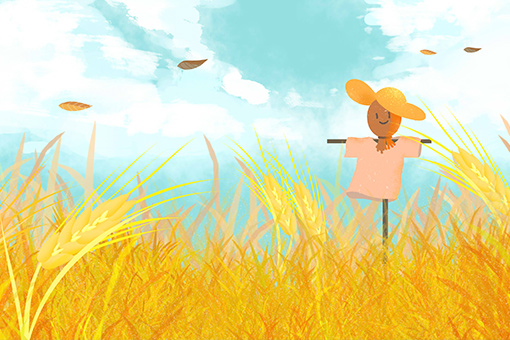In degenerate times, sentient beings suffer from severe obscurations, and practitioners suffer from weak devotion in the Three Jewels and waning diligence compared to that of the Buddha’s time, thus it’s essential to lay a solid foundation of preliminary practice, which leads to the possibility to realise emptiness.
~Depicted from LUMINOUS WISDOM BOOK SERIES










